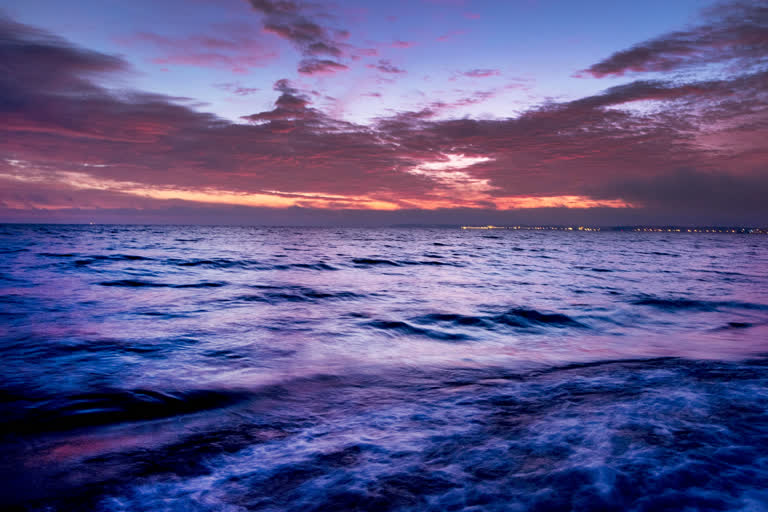Berlin: A "climate guardian" satellite set for launching this weekend will greatly help scientists keep track of the rise in sea levels, one of the most daunting effects of global warming, a senior official at the European Space Agency said on Friday.
“This is an extremely important parameter for climate monitoring,” said Josef Aschbacher, the European Space Agency's director of Earth observation.
Billions of people living in coastal areas around the planet are at risk in the coming decades as melting polar ice and ocean expansion caused by warming push waters ever higher up the shore.
“We know that sea level is rising,” Aschbacher said. The big question is, by how much, how quickly.
Some studies estimate the world’s oceans will rise by at least 2 feet (61 centimetres) by the end of the century, hitting low-lying regions from Bangladesh to Florida.
Aschbacher said measurements dating back to the 1990s show average sea levels rising first by about 3 millimetres (0.12 inches) per year, but in the past couple of years, the annual rate was almost 5 millimetres (0.2 inches).
Read:|China positions rocket ahead of ambitious lunar mission
While measurements are also taken at ground level, in harbours and other coastal areas, they don’t provide the same precise uniform standard as a single satellite sweeping the entire globe every 10 days, he said.
“If you measure it at sea level, you have one measurement device in Amsterdam and you have a different one in Bangkok and yet another one in Miami," Aschbacher told The Associated Press by video from ESA offices in Frascati, Italy. "But with a satellite, you can compare these measurements globally because it’s the same instrument that flies over all these areas.”
The probe's most powerful weapon is the Poseidon-4 radar altimeter, named after the trident-wielding Greek god of the sea. The instrument measures how long it takes for radar signals to bounce off the sea surface and back to the satellite.
The new satellite will also collect measurements at a higher resolution than its predecessors, allowing researchers to peer more closely at small ocean features, especially along the coastlines.
Other instruments onboard will measure how radio signals pass through the atmosphere, providing data on atmospheric temperature and humidity that can help improve global weather forecasts.
